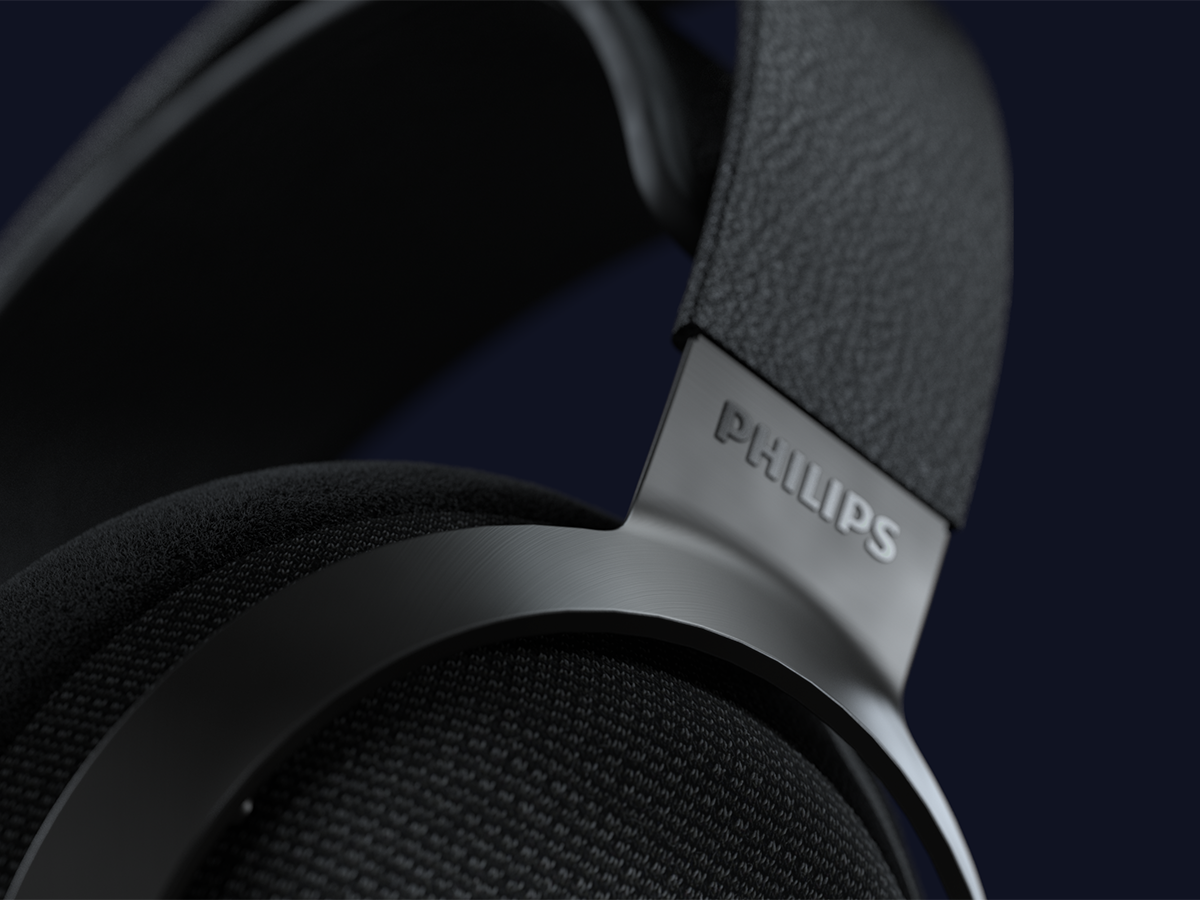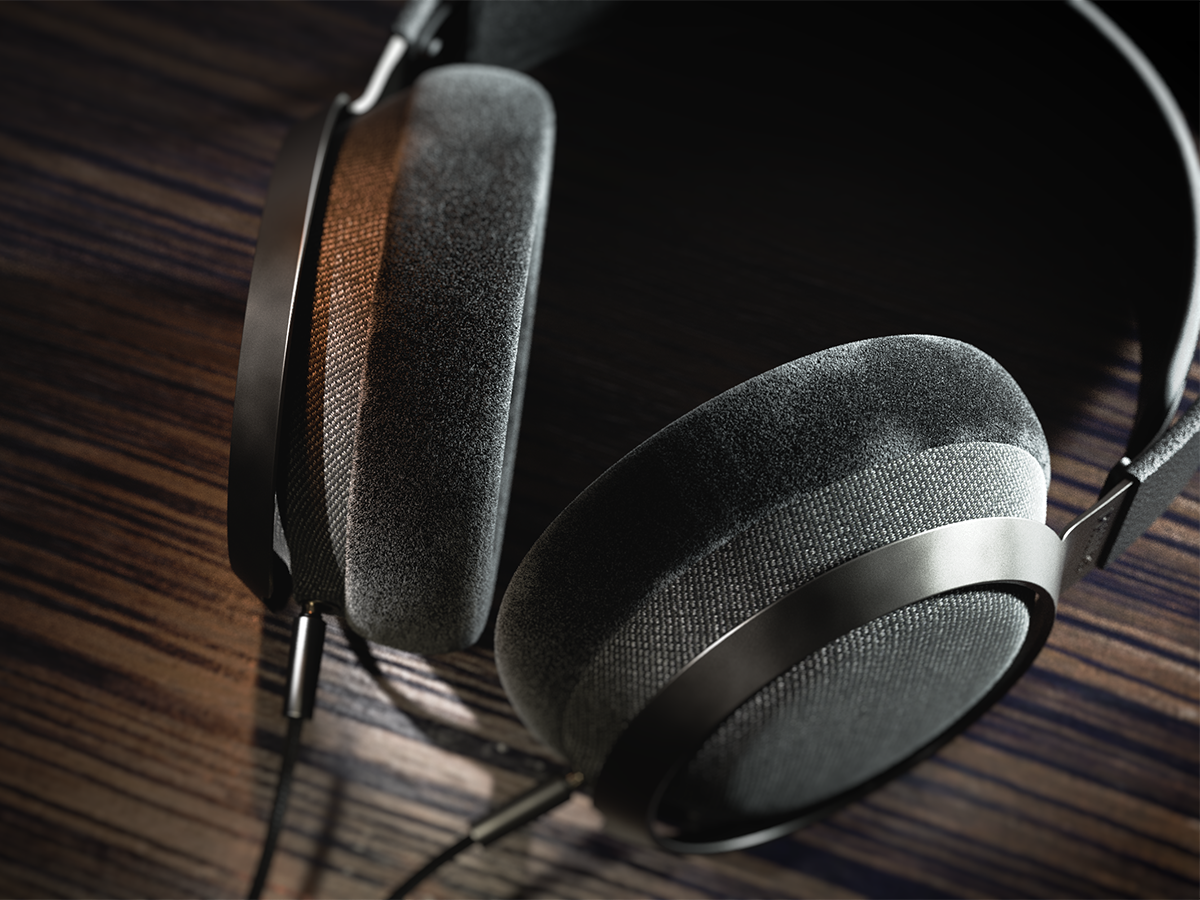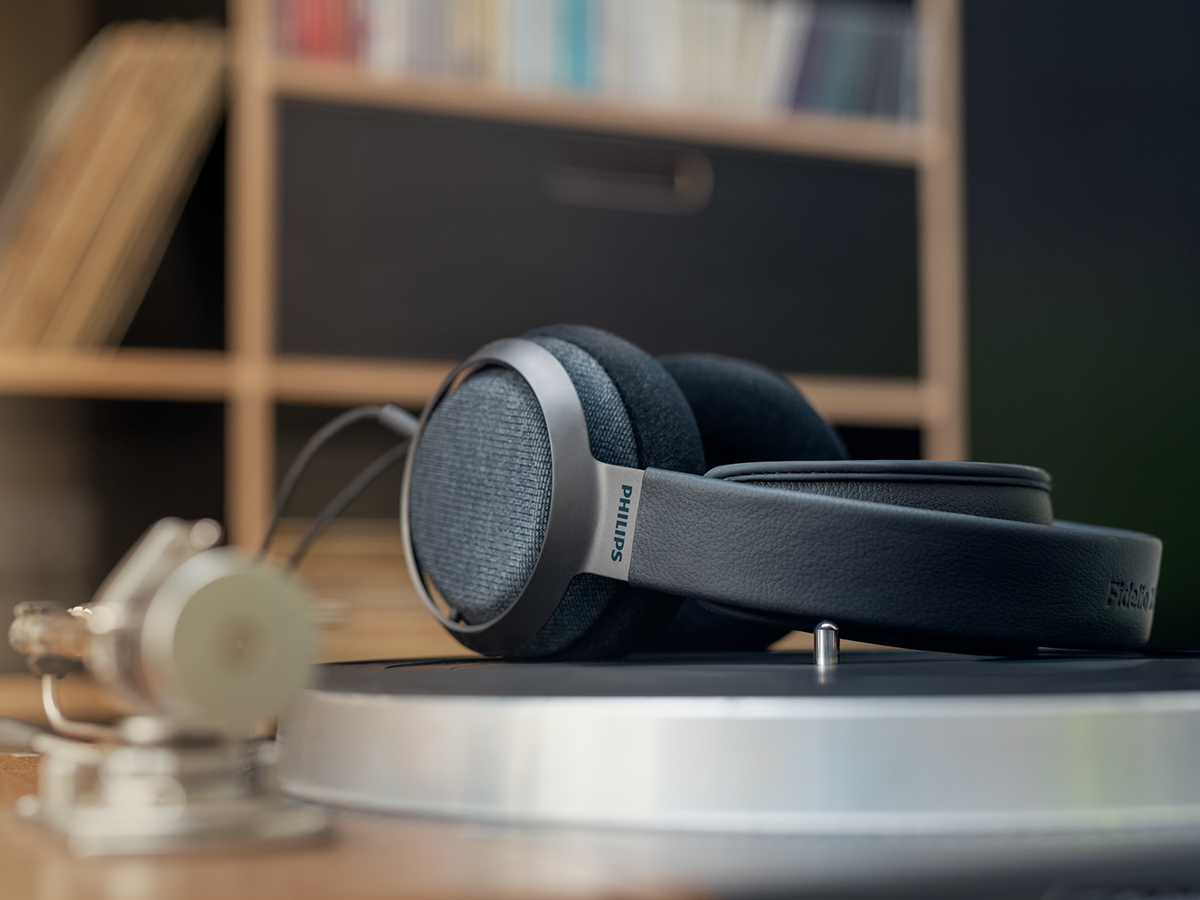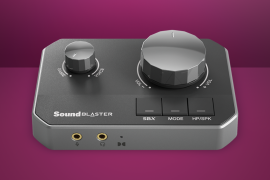Philips Fidelio X3 review
“Does ‘big’ count as a positive?”

A bit of history.
Under its previous ownership, Philips’ ‘Fidelio’ audio sub-brand went on hiatus. Then TP Vision, having already acquired control of Philips’ TV business, procured the company’s audio division too – and announced ‘Fidelio’ would be making a comeback. Then the entire planet went on hiatus.
So having originally been trailed back in September 2019 at IFA in Berlin, and again in January this year at CES in Las Vegas, the Fidelio X3 headphones are finally here. So, naturally enough, we have a couple of questions. 1: have they been worth the wait? And 2: aren’t they just 2015’s Fidelio X2 headphones in different make-up?
Design and build: The same, but different

Anyone who’s familiar with the idea of open-backed headphones, which are to be used at home and in private, will have a rough idea of what’s going on here in terms of design. And anyone who’s familiar with 2015’s Philips Fidelio X2 headphones will have an even better idea.
These are substantial headphones, from their big, plump earcups and their double-height headband to their detachable three-metre cable. There are two cables, in fact, one terminating in a 2.5mm balanced jack and the other in the more common 3.5mm unbalanced alternative. You make your choice depending on how flash your music player is, but in either event you’ll be dealing with an awful lot of wire.
In terms of design, then, the Fidelio X3 will make their wearer look like a caricature of someone wearing some headphones. As far as build quality goes, though, the Philips’ need no excuses made for them. That overwrought headband design is covered with sustainable leather sourced from Muirhead in Scotland. The earpads are filled with memory foam, and covered with a sort of deep pile velvety material that’s more usually associated with antique furniture. And the outside of the earcups, where you’d find the touch controls on a more modern configuration of headphones, is covered with Kvadrat acoustic cloth. Which makes a change from it covering virtually every smart speaker on the market, I suppose.
The design allows very little articulation of earcups, but then the X3 aren’t designed with portability in mind – their 380g weight precludes that too. Build quality is absolutely fine, though, and the Philips’ seem almost worth the asking price in the sheer quantity of the high-quality materials they use.
Features: Less is more, hopefully

So yes, as previously stated: this is an open-back design, which promises much in terms of sound quality but also guarantees a lot of sound leakage. Which means, if the looks weren’t a big enough give-away, the Fidelio X3 are to be used indoors and alone. Or, at least, only in the company of extremely tolerant people who aren’t easily distracted.
Sitting between all that Kvadrat cloth and plush velvety stuff in each earcup there’s a 50mm full-range dynamic driver. It’s a three-layer design, with a two polymer layers sandwiching a damping gel in an effort to control the break-up mode and minimise resonance.
This driver’s one of the most significant changes in the X3 when compared to the outgoing X2 – because, let’s face it, at a glance there’s very little to distinguish the two models beyond the more upmarket materials this new design uses. But the driver is both thicker and stiffer than that in the X2, and behind it there’s now a paper-and-felt barrier charged with limiting both internal resonance and the amount of external sound making its way into the headphones. And really, that’s your lot as far as features are concerned.
You can look at it one of two ways: either the Fidelio X3 have complete purity of purpose, or they’re tragically retrograde.
Interface: A whole lot of nothing
If you’re minded to consider the Philips’ ‘tragically retrograde’, nothing about the X3 interface is going to change your mind. Basically, there isn’t one. Your cable (with either the 2.5mm or 3.5mm termination) needs clicking into each earcup, and then you put the headphones on your head. That’s everything as far as ‘interface’ goes. How’s that for ‘purity of purpose’?
Performance: Only the best is good enough

As should now be obvious, the Fidelio X3 are designed to be used in isolation – and so it seems only right that they should sound their best when given some high-quality content to work with.
If you’re a Primephonic, Tidal or Qobuz subscriber, for example, those top-tier hi-res streaming services are made to sound every penny’s-worth by the Philips’. Every theoretical advantage of the terribly anti-social open-back configuration is delivered on by the X3.
On first acquaintance with an MQA-powered Tidal Masters file of Disclosure’s Watch Your Step the Philips’ sound even bigger than they look – the soundstage they describe is deep and tall, and there’s a frankly unlikely amount of width to their presentation. So even a recording as front-foot and squared-edged as this is simplicity itself to follow – the X3 organise the stage with complete confidence, individualising each element easily and making each strand easy to follow. This separation isn’t at the expense of integration, though – for all of the lovely spaciousness of the X3 sound, no element of a recording is left out in the cold. The Philips’ knit everything together in the most convincing manner, so every recording sounds unified and of a piece.
Up at the top of the frequency range, the X3 are almost swaggeringly confident – they bite into treble sounds with gusto, delivering plenty of attack but never getting coarse about it. At the opposite end there’s plenty of presence and detail, though bass sounds don’t hit quite as forcefully as they might. There’s plenty of low-end control on display, though, which means the bass never hangs about and never threatens to crowd the midrange. The midrange itself is probably the star of the Philips show. It’s almost extravagantly detailed, with all of the subtlety and fine detail that completes an accurate picture on display. There’s no hiding place for a vocalist when the X3 are on the case – all the secrets of technique, of phrasing, even the sound of the tip of a tongue on the roof of a mouth, are laid out for better or worse.
There’s plenty of dynamic headroom available, too. The Disclosure tune may start at ‘10′ and never really shift from there, but recordings with a little more light and shade will find the X3 more than able to describe both the ‘quiet/LOUD/quiet’ variations and the smaller harmonic differences that give a recording real personality. The Fidelio X3 aren’t all that readily bought off, though.
Step down in quality (of digital file, not of standard of song) and listen to a bog-standard Spotify stream of Camera Obscura’s Suspended From Class and the Philips’ get just a tiny bit sniffy. Yes, relatively expensive open-backed headphones deserve proper content, but ideally the X3 wouldn’t sound quite as obviously disappointed as they do. The finer details start to go astray, the rhythmic assurance too, and the soundstage becomes just that bit harder to understand. The Philips’ don’t throw in the towel by any means, but they’re not about to make the best of this relatively bad job either.
Philips Fidelio X3 Verdict

By now it should be obvious: the Philips Fidelio X3 are a very specific product waiting for a very specific buyer.
Someone who wants to listen in private and indoors, someone who’s already invested in high-quality, high-resolution audio and wants to hear it sound its best without spending completely silly money. O
Oh, and someone who’s OK with looking a bit daft while doing so.
Stuff Says…
One of the best ways of enjoying some ‘me time’ we can think of
Good Stuff
Wide-open, detailed and confident high-resolution audio sound
Nice materials, properly used
Not madly expensive by prevailing standards
Bad Stuff
Bass response could be more assertive
As big as a very big thing
Unwilling to tart up inferior recordings



